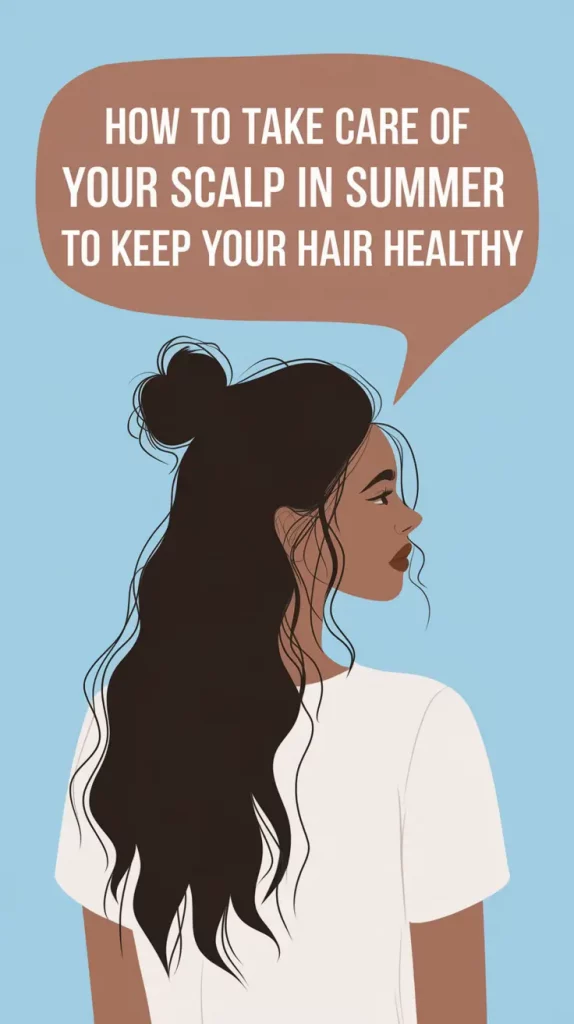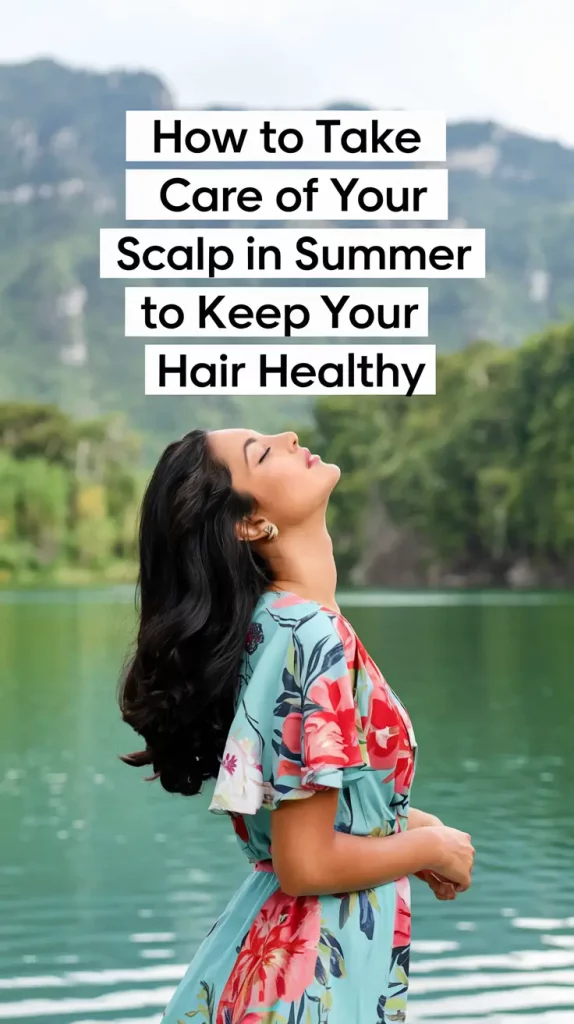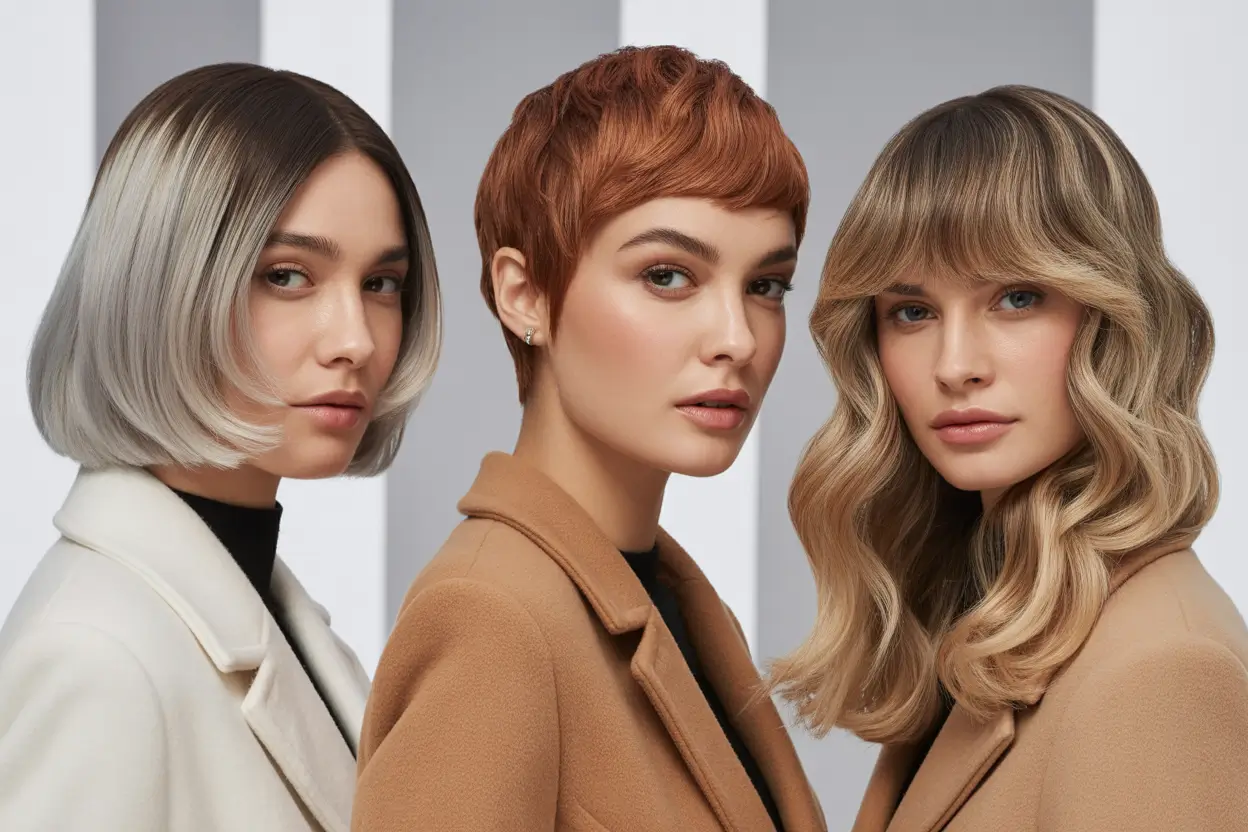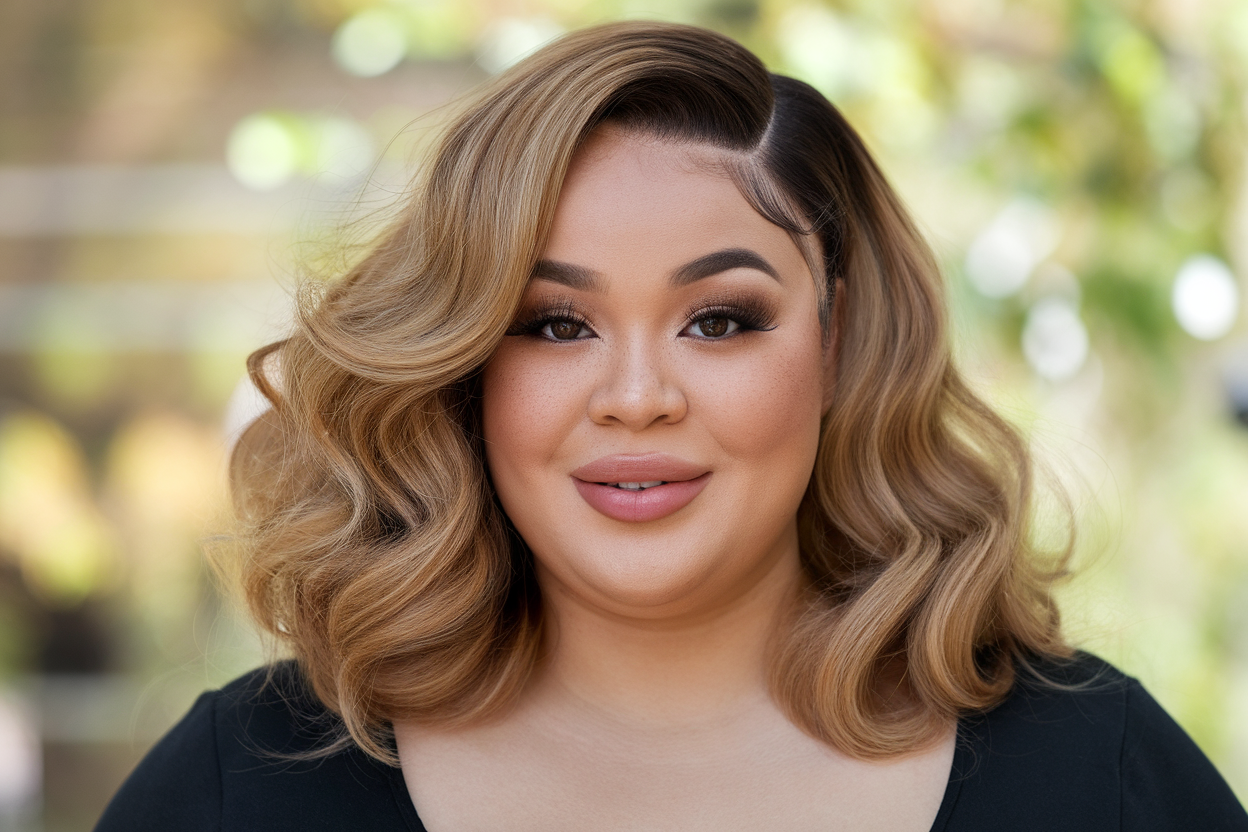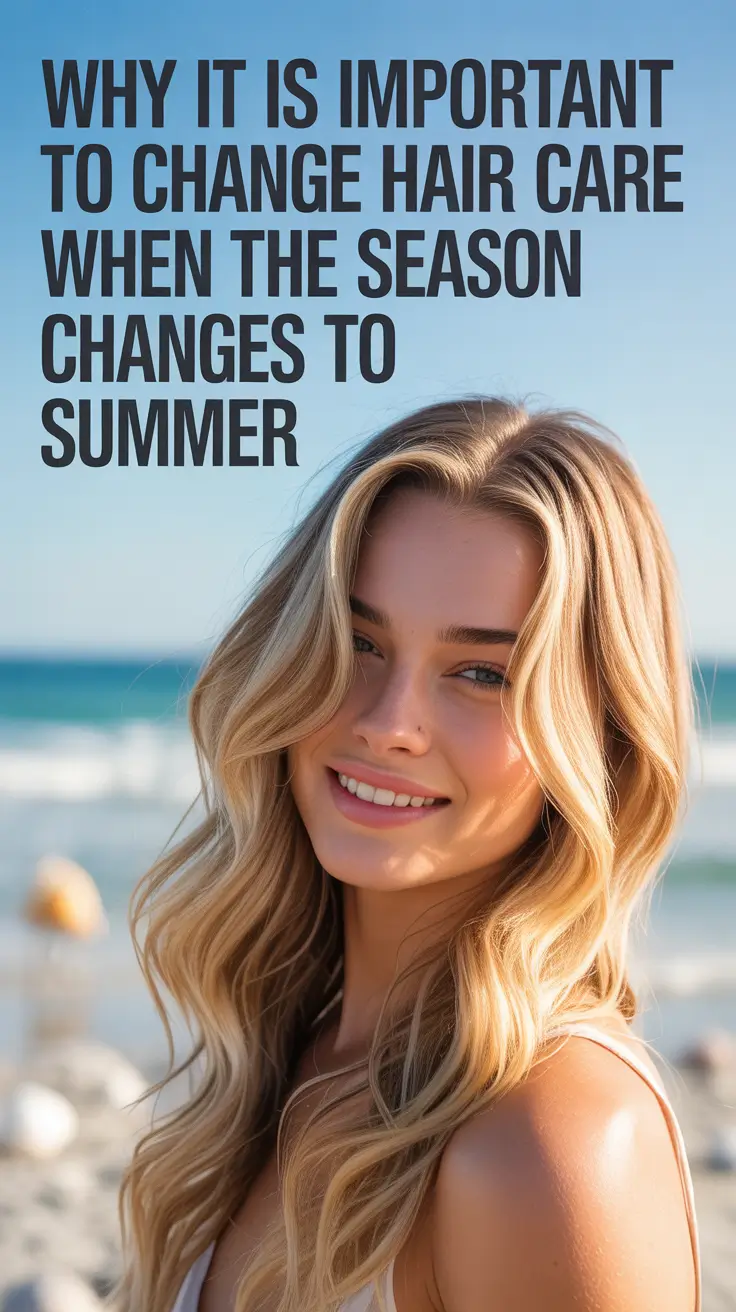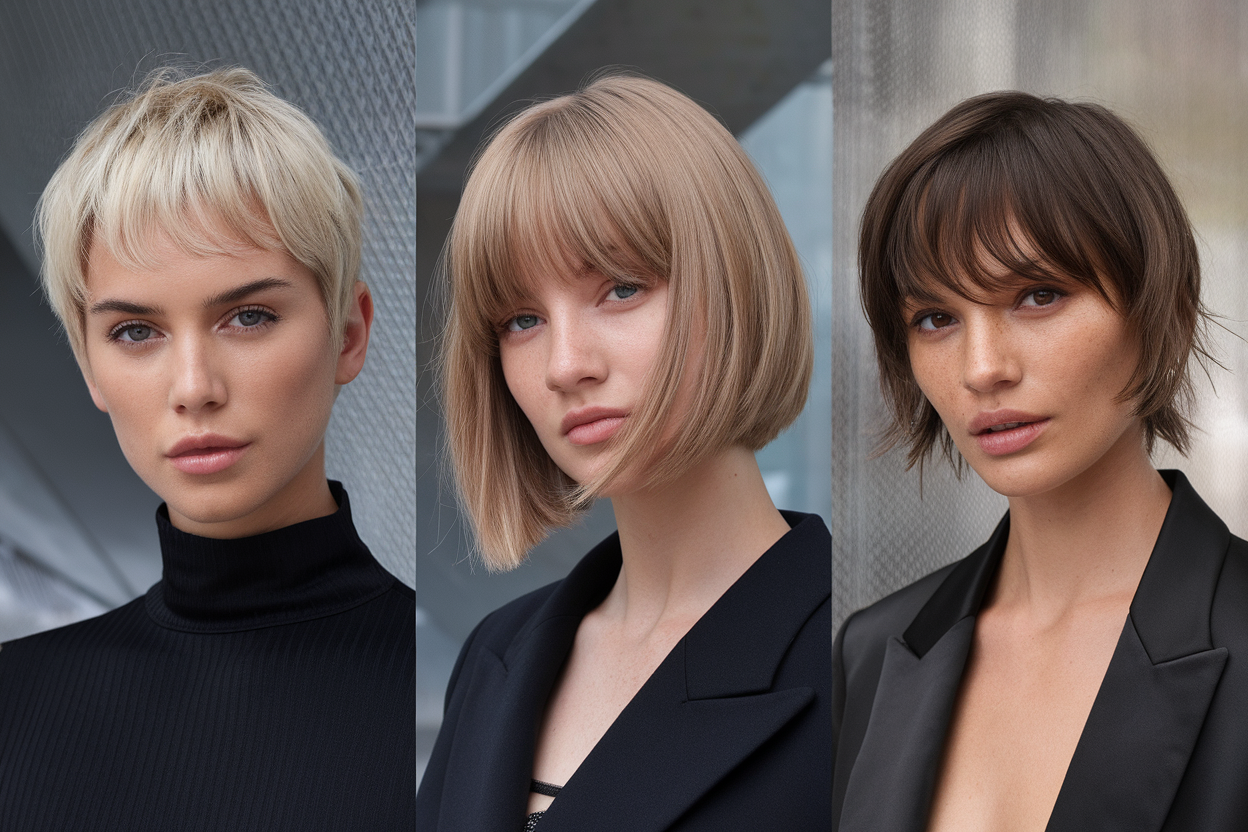Scalp Care in Summer: What Actually Helped My Hair in 2025

It was like clockwork every June, when my hair would act up. By noon my roots were oily, not to mention the frizz that mocked my attempts at styling. The itchy patches along my part line felt like I hadn’t showered in a week – even though I just did.
Initially, I assumed it was just some seasonal hair drama. But upon closer inspection, I figured out that it wasn’t the hair at all. It was my scalp.
If your hair seemingly becomes more difficult to style during summertime, there is a strong possibility that your scalp is overwhelmed. Summer heat, perspiration, accumulation of products, and exposure to the sun can disrupt the normal balance of things.
In this article, I will present my personal strategies for resetting a scalp care routine, along with describing how those minor adjustments transformed my hair into feeling healthier, lighter, and calmer, even during the stickiest of summer days.
Why Summer Targets Your Scalp First
This is where I used to fumble — big time. I’d wear sunscreen everywhere… except my part. I only wore a cap after I saw redness on the top of my head. Sound familiar?
What finally worked for me:
-
Wide-brimmed hats (not just baseball caps)
-
UV-protectant sprays for hair and scalp
-
Shifting my part regularly to avoid burning one spot
-
Sitting in the shade when possible, even for 5 minutes
And no — I don’t apply regular sunscreen to my scalp anymore. It clogged my pores and made my roots greasy. The sprays made for scalp use are lighter, absorb faster, and don’t weigh down hair.
Would you ever try one?
5 Warning Signs Your Scalp Needs Extra Love
This is the part most of us miss: your scalp will tell you when it’s not okay — you just have to know the signs.
📌 Here’s what to watch for:
-
Persistent itching, even after washing
-
Greasy roots just hours after shampooing
-
Visible flaking or redness
-
Hair falling out more than usual
-
Burning or sensitivity when exposed to sun
I ignored these signals for months, assuming they were “just part of summer.” But when I started listening, the solutions became obvious.
Nutrition, Hydration & Scalp Health — Yes, It’s Connected
Here’s the part I didn’t believe at first: what you eat shows up on your scalp before it hits your face.
When I upped my hydration (goodbye, second iced coffee) and started adding more greens, berries, and zinc-rich foods, I noticed something surprising. My scalp wasn’t as reactive. Less itch, less oil.
What I include more in summer:
-
Leafy greens, salmon, walnuts (for omega-3)
-
Strawberries, bell peppers (for vitamin C and circulation)
-
Lots of water, especially post-sun
It’s not a magic fix. But when I treat my body kindly, my scalp feels the difference.
What I Stopped Doing — and Why My Scalp Thanked Me
This is the unglamorous part — the stuff I gave up. But it matters.
📌 Things I no longer do (and don’t miss):
-
Wash on a fixed schedule — now I listen to how my scalp feels
-
Apply heavy oils to roots “just in case”
-
Sleep with wet hair in a bun
-
Use dry shampoo more than twice a week
-
Pick at flakes instead of treating the cause
Once I cut these out, my scalp started healing on its own. Simpler routines. Fewer layers. More peace.
Final Thoughts: Your Scalp Deserves Summer Love Too
I used to think of haircare as something you do for shine, volume, or style. Now I see that lasting results really come from taking care of the root. Literally.
Tending to your scalp isn’t glamorous. But it’s grounding. Once I made space for it in my routine, everything else got easier.
Your scalp is skin. It breathes. It reacts. And in summer, it needs just a little more care to stay balanced.
So if you’ve been wondering why your hair feels “off” lately — maybe start with what’s underneath.
👉 Pin this if you’re planning your summer beauty reset.
👉 What’s one small change that made a big difference in your hair care? Let me know!
👉 Save this post to come back to when the heat hits.

